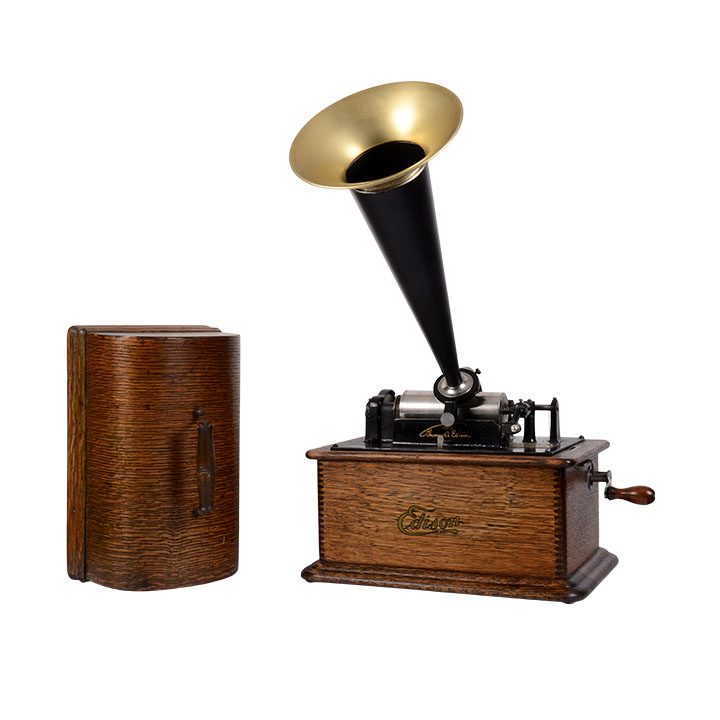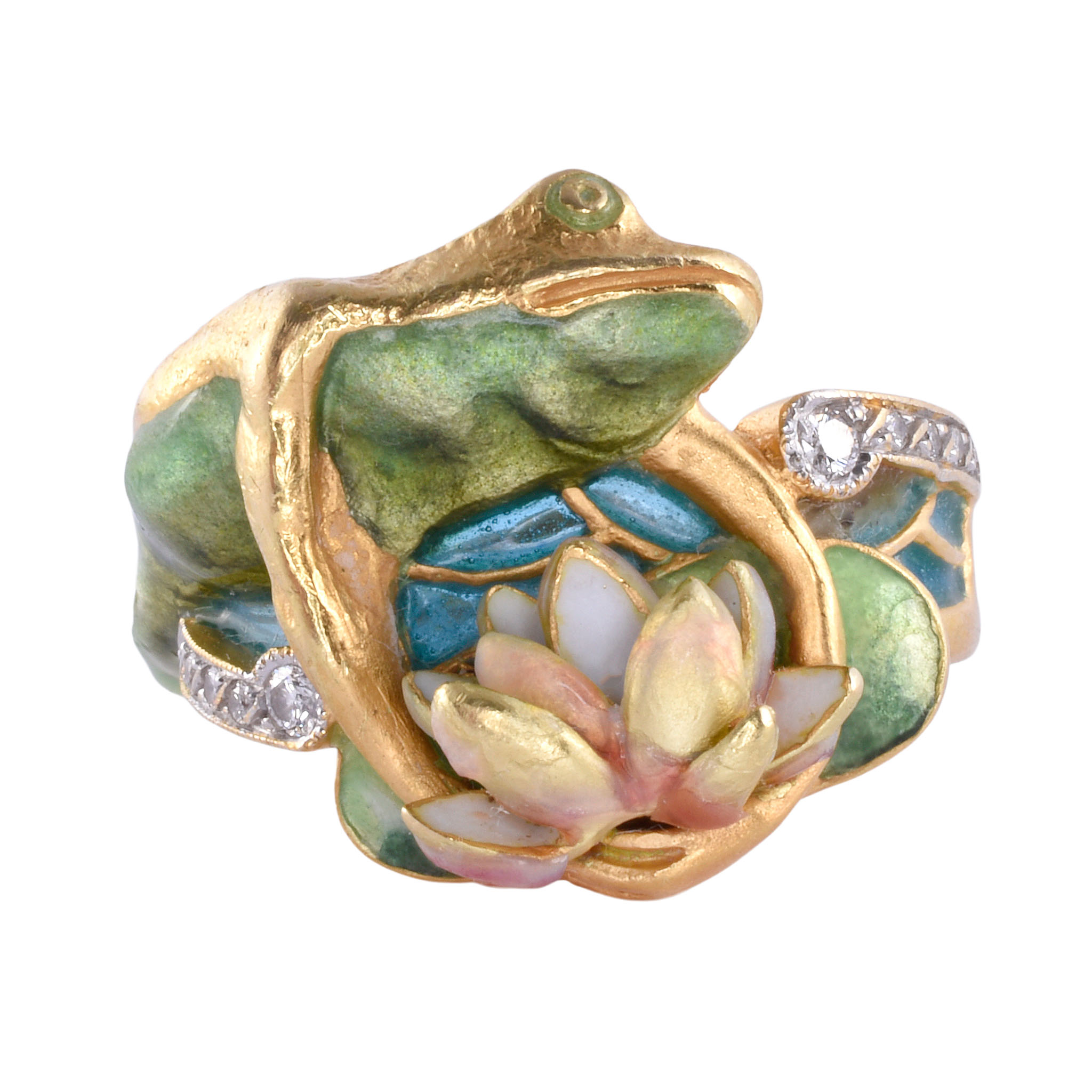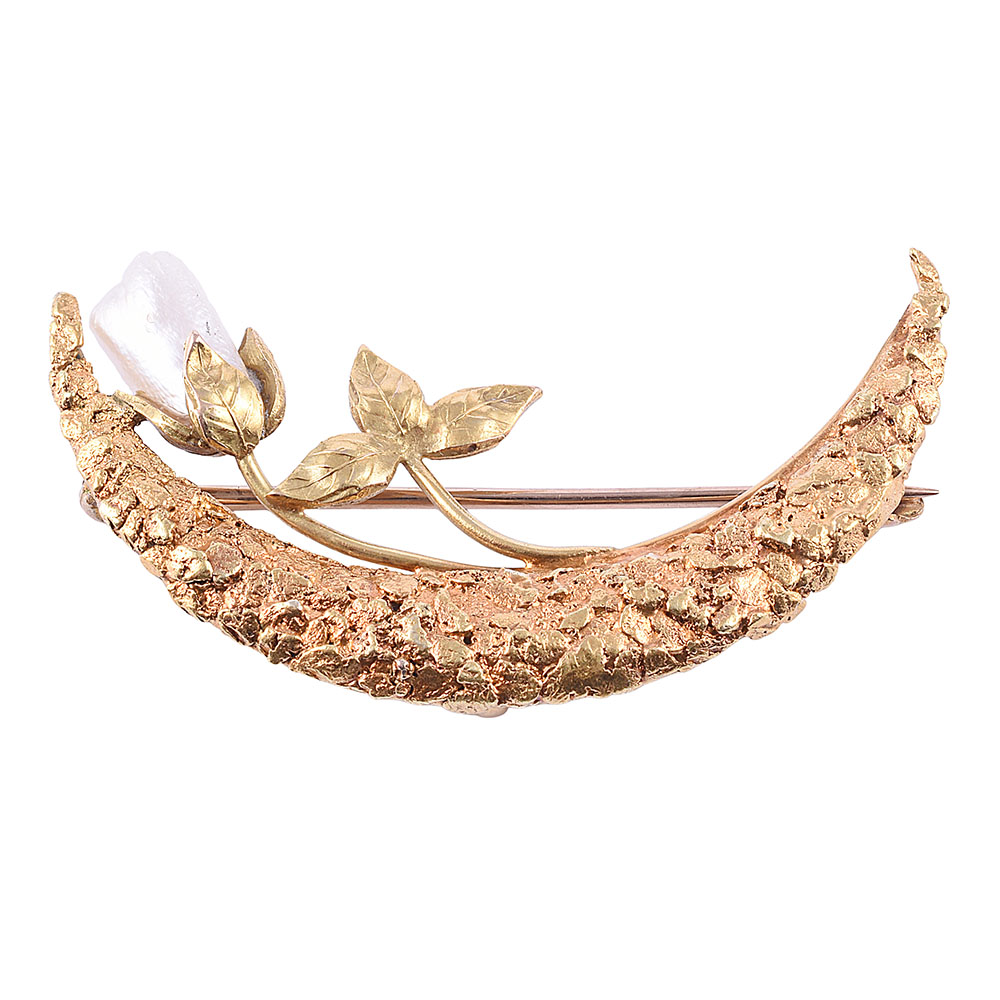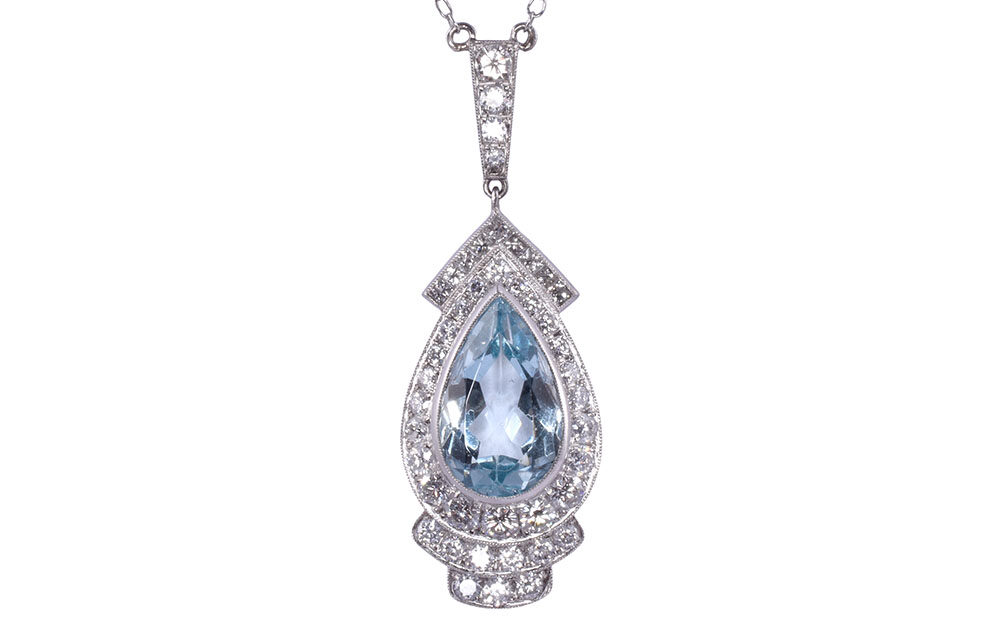3 Tips for Purchasing an Edison Phonograph


An Edison phonograph, or “talking machine” as it was known in the late 1800s, is an early version of a record player. Thomas Edison invented it, and it was the first device to play recorded sound through a needle contacting a disc or cylinder. The device consists of a hand-cranked motor that powers a rotation of the disc or cylinder and transmits sound through a sounding horn that amplifies the recording.
The Differences Between Cylinder and Disc Edison Phonographs
When purchasing an Edison phonograph, it is important to understand the difference between a cylinder and a disc phonograph. Cylinder phonographs are typically more expensive because they date back to earlier designs of sound recording. Disc phonographs came after cylinder phonographs—they look like precursors of the more modern turntable.
Which Type of Edison Phonograph Is More Valuable?
In general, cylinder phonographs are more valuable than disc phonographs. This is because they were the first type of sound recording machines and also simply because they are older than Edison disc phonographs.
Tips for Purchasing an Edison Phonograph
Before buying a phonograph, ensure you know the machine’s condition—inspect it to ensure it is in good shape. Check for signs of wear or damage to make sure that it will function properly. Phonographs that are still capable of playing cylinders or discs are more valuable. Here are a few tips for buying an Edison phonograph:
- Ensure that all moving parts are working properly. Make sure the motor and needle are in good condition and move freely without any obstructions. Be aware that while cylinders are interchangeable and widely available, the needles are permanent on the cylinder phonograph. On the Edison disc phonograph, needles are replaceable.
- Consider the age and condition of the phonograph. According to the Library of Congress, Edison phonographs first became commercially available in 1888, and home versions were sold starting in 1896. Edison introduced a disc phonograph in 1913. Older cylinder models tend to be more expensive. The quality of sound an Edison cylinder or disc phonograph produces is largely dependent on the quality of the cylinder or disc itself, so sound quality isn’t really a measure of the phonograph itself. Look instead for overall condition and smooth operation.
- Test out the phonograph before purchasing it. Make sure that all parts are functional and that the sound is clear and without distortion.
With these three tips for purchasing an Edison phonograph in mind, you can be sure to find a quality Edison phonograph for your collection. For the best selection of antique phonographs and other music antiques online, browse the Solvang Antiques website or visit our location in the charming town of Solvang, California. Solvang is the perfect destination for all antique audio enthusiasts!



